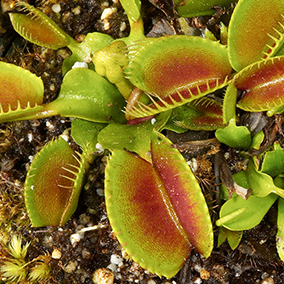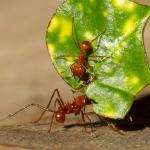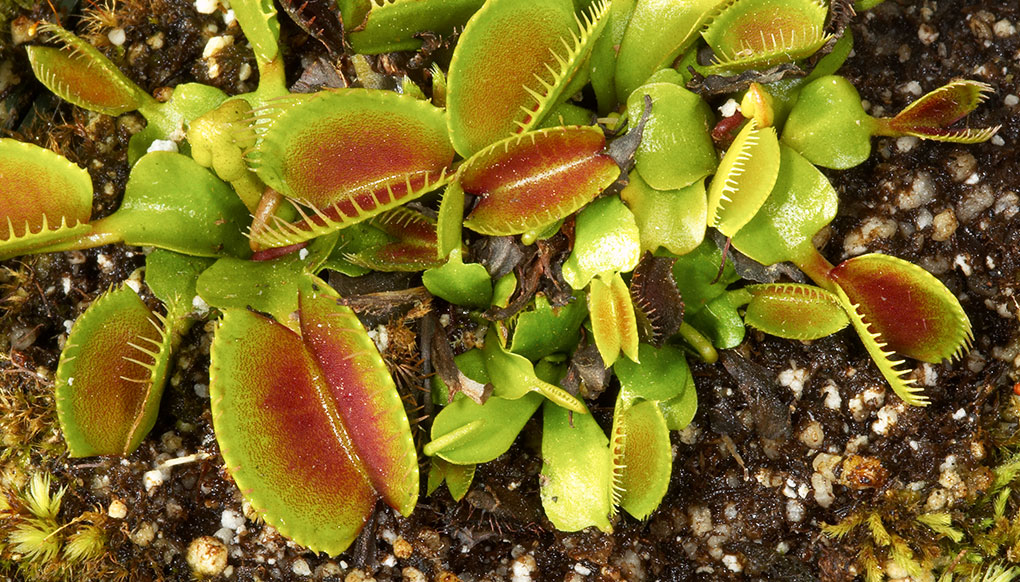
Venus Flytrap
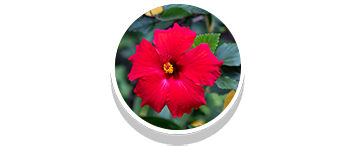
Plants


Endangered
facts
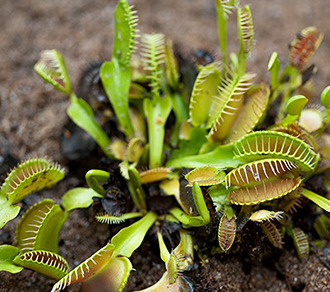
The Venus flytrap grows naturally only in a 100-square-mile area in North and South Carolina.
description
Gotcha!
An unsuspecting insect lands on a sweet smelling leaf. But it’s a trap! It snaps shut in less than a second. A “trap” is actually a hinged leaf, covered with tiny trigger hairs. When an insect touches a trigger hair, the leaf-trap folds shut. Digestive juices dissolve the trapped insect, and the plant absorbs the nutrient-rich “soup.” Each leaf-trap catches about six insects before it dies. The plant continues to grow new traps.
Poor soil
Like other plants, Venus flytraps get energy from the sun. But plants need nitrogen and other nutrients, too. Most plants take in nutrients from the soil. The wet, acidic soil of a bog lacks nutrients, and most plants can’t survive there. But Venus flytraps aren't "most plants"! They have adapted to living in this poor soil by taking their nutrients from the tiny wildlife they capture.
Little plant, big problems
Venus flytraps are too cool for their own good. For years, collectors dug them up and sold them. Their habitat changed, too. People turned boggy wetlands into towns. Now, these unique plants are endangered. But there is hope. What remains of their habitat is protected. Poaching (illegal collection) is still a threat. Venus flytraps are popular potted plants, but today, they are cultivated in greenhouses. If you want to grow one, be sure to get it from a reputable grower.

